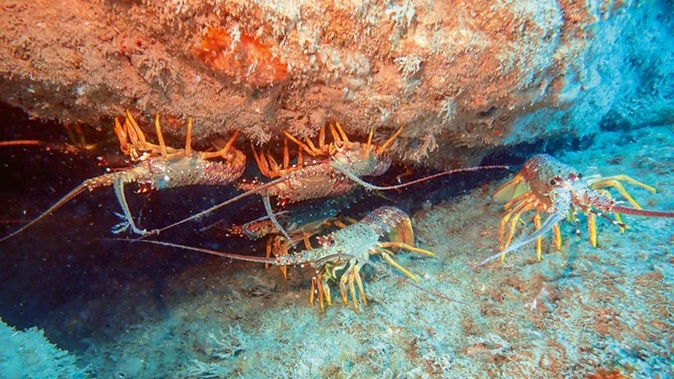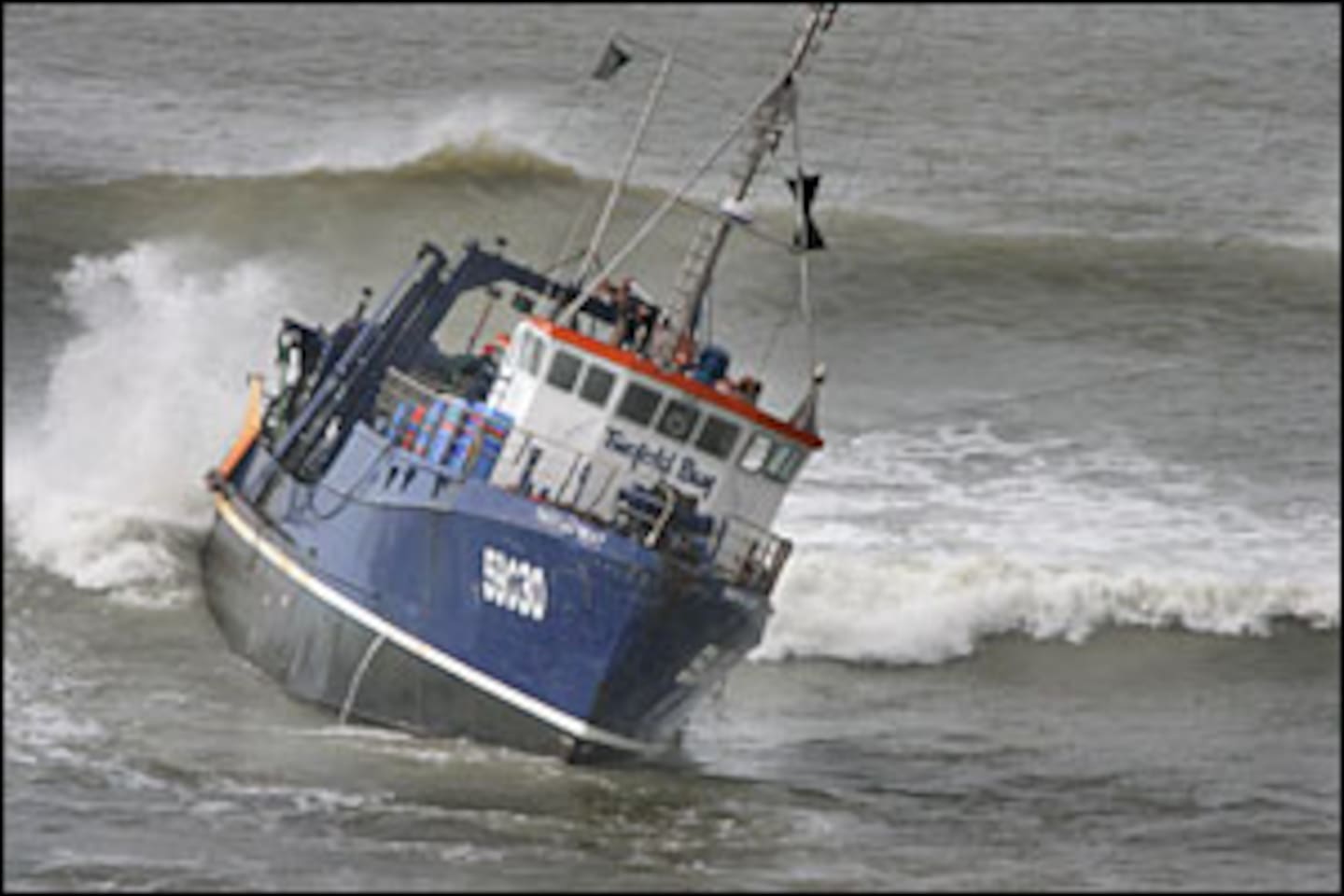
A fishing ban around Napier’s new artificial reef has been extended for another two years to allow the reef to establish itself, about 6km from shore.
It comes as plans to sink a decommissioned trawler near the reef are also making progress.
It is expected the area will become popular for fishing and diving in future when the ban is lifted.
The ban covers all species of fish, aquatic life, or seaweed across an area of 0.11sq km – about the size of 15 football fields – and is located 6km northeast of Napier Port and less than 2km from Pania Reef (a natural reef).
It was extended another two years starting on Friday, following a decision by Fisheries New Zealand.
Limestone boulders were taken from a dismantled revetment wall as part of a project to build Napier Port’s new $175 million wharf.
Thousands of tonnes of boulders were then barged out to sea and used to create the artificial reef in 2021, in partnership with the fishing community, mana whenua and the port.
The artificial reef and ban area (red square). Also pictured is Pania Reef (yellow). Photo / MPI
Oceans and Fisheries Minister Shane Jones said the closure would support the development of a thriving reef ecosystem.
“The artificial reef ... has been the focus of a community-led effort to build the population of taonga species like rock lobster, blue cod and green-lipped mussels in the area.”
LegaSea Hawke’s Bay pushed for the project. LegaSea committee founder Wayne Bicknell said the ban would give the reef more time to establish itself.
Bicknell said it would likely be open to recreational and customary fishing in future, but closed to commercial fishing.
He said the process “of sinking a trawler next to the new reef”, which will also support sealife, had begun.

The Twofold Bay trawler lies damaged on rocks in a storm near Mahia in 2006. It is currently kept in Napier's inner harbour. Photo / Warren Buckland
That proposal, from LegaSea Hawke’s Bay, would see the decommissioned Twofold Bay trawler being sunk about a mile from the reef as another artificial reef.
Bicknell said a resource consent was soon to be lodged with Hawke’s Bay Regional Council for the project and, all going well, it could be sunk sometime this summer.
LegaSea has gone through the process of removing anything from the vessel that could cause harm to the marine environment, Bicknell said.
Funding from the Fisheries New Zealand Customary Fisheries Research Fund has been used to support restoration and monitoring efforts on the artificial reef where the ban is in place.
Gary Hamilton-Irvine is a Hawke’s Bay-based reporter who covers a range of news topics including business, councils, breaking news and cyclone recovery. He formerly worked at News Corp Australia.
Take your Radio, Podcasts and Music with you









